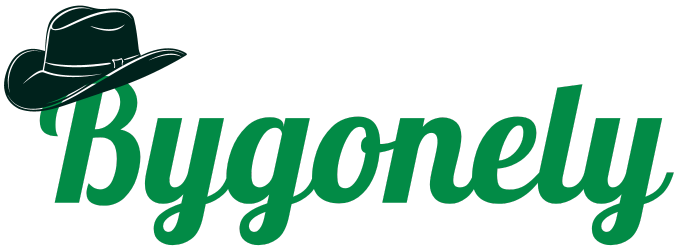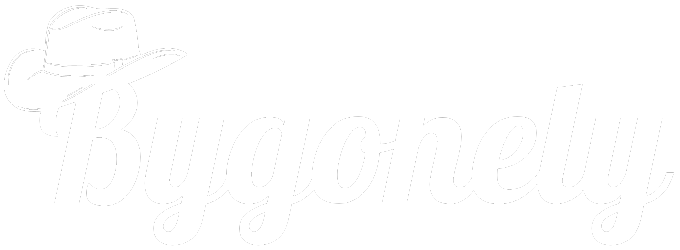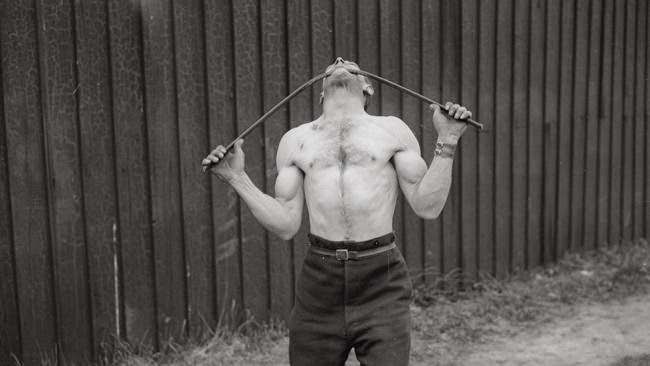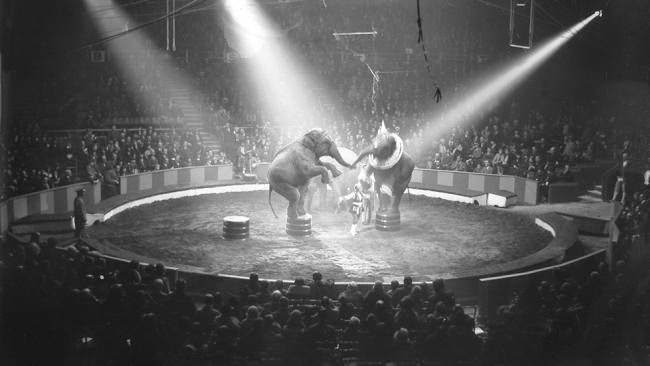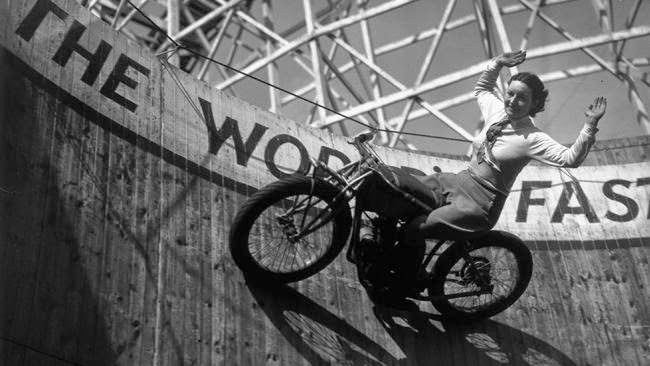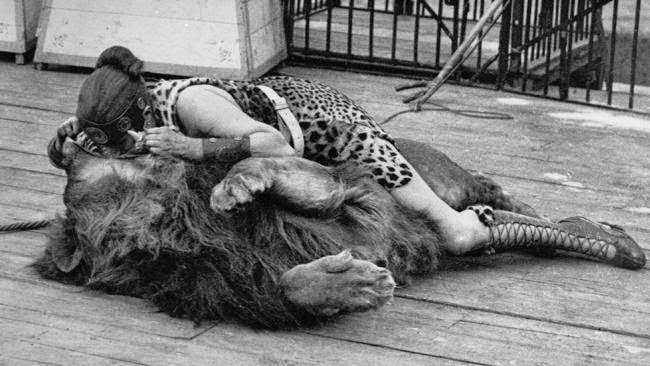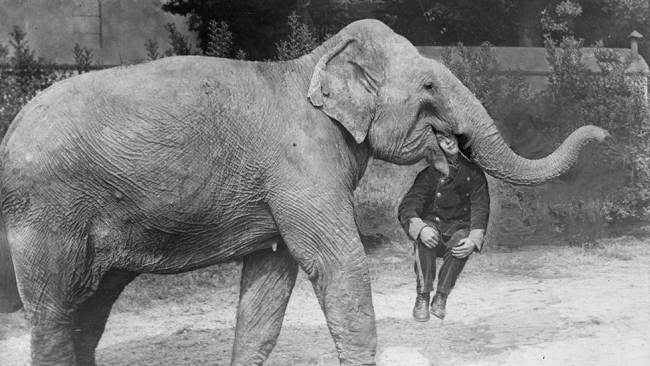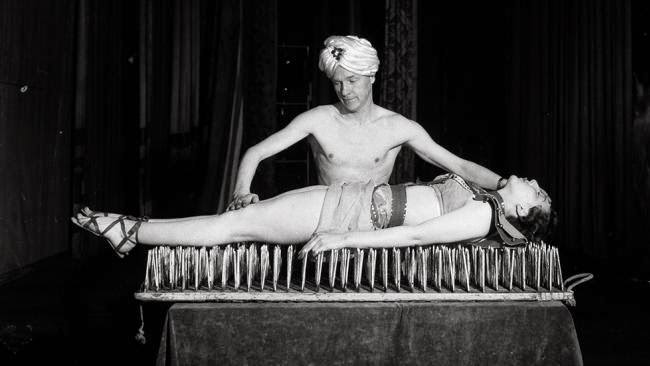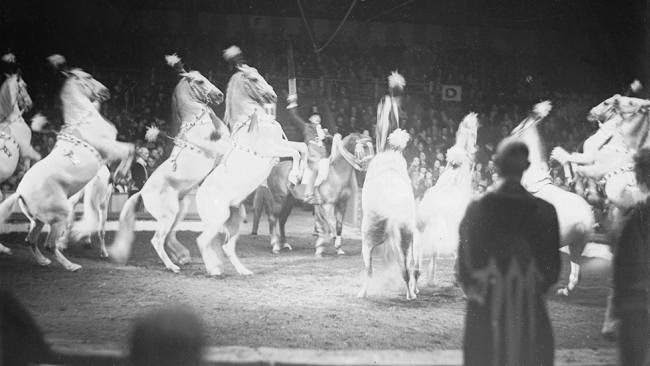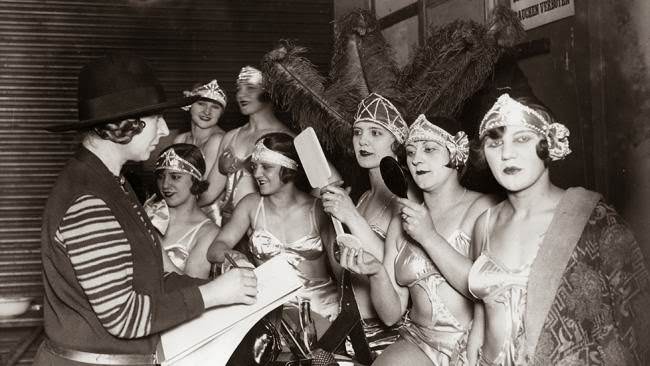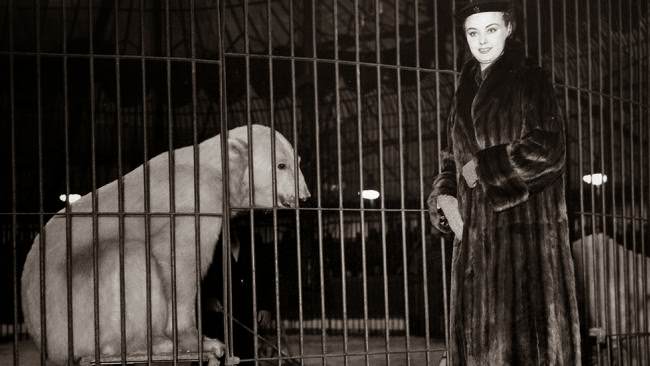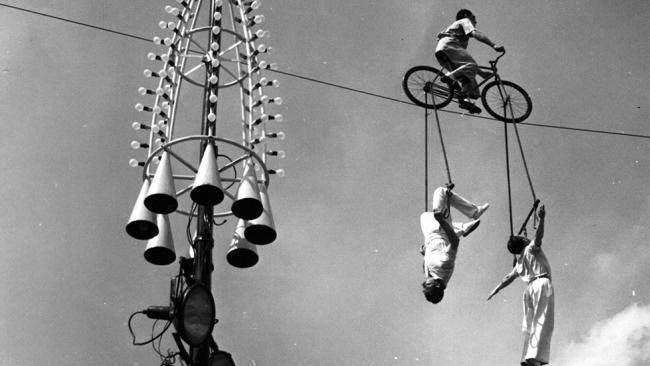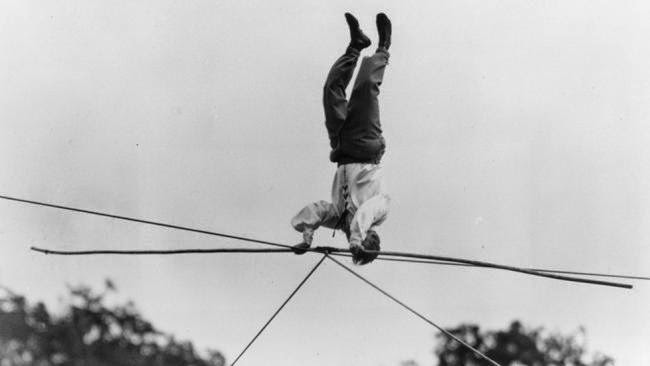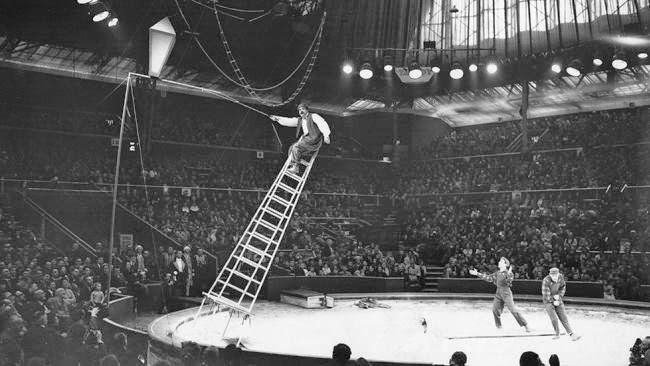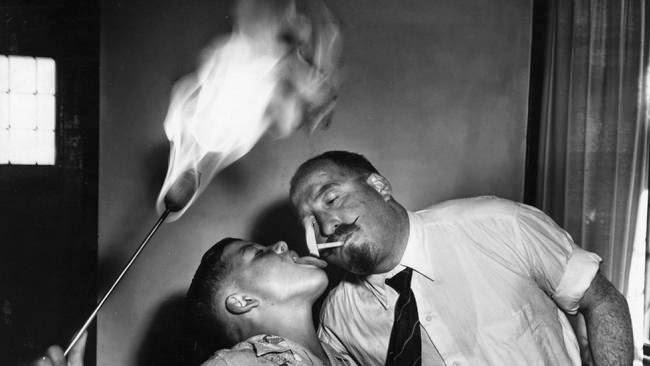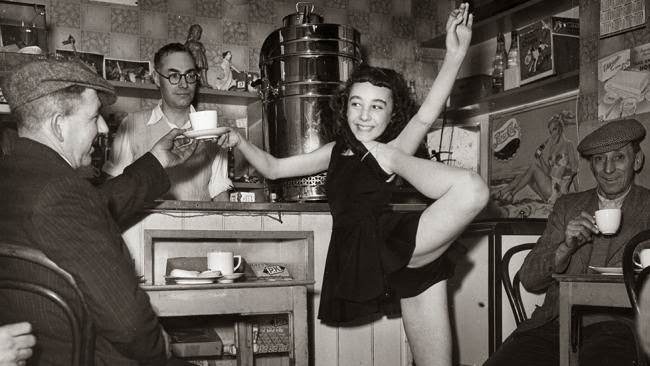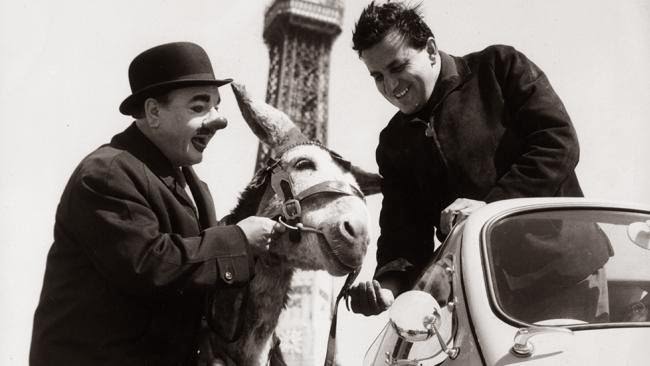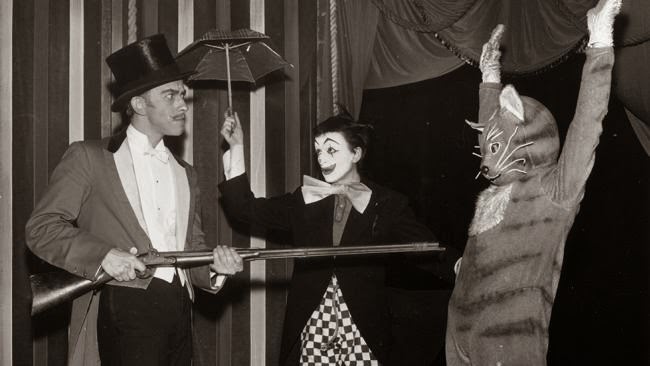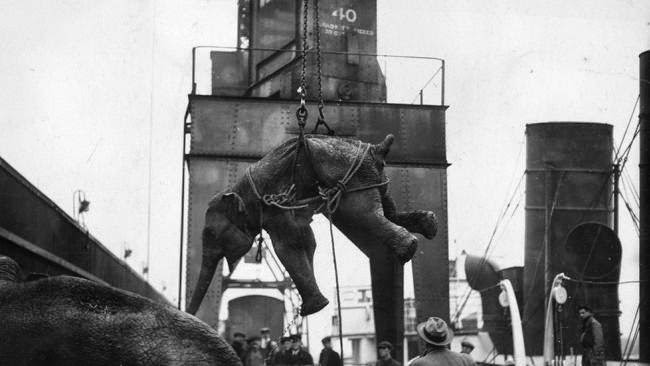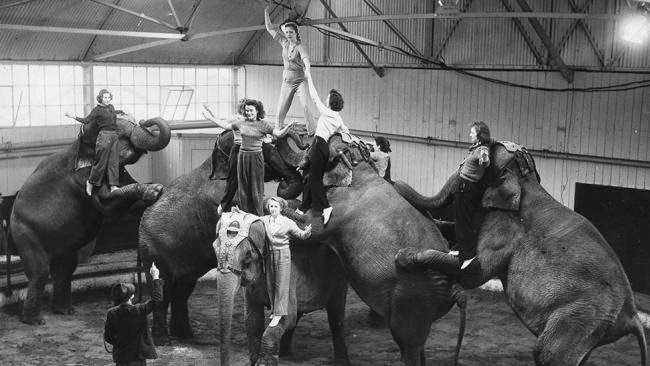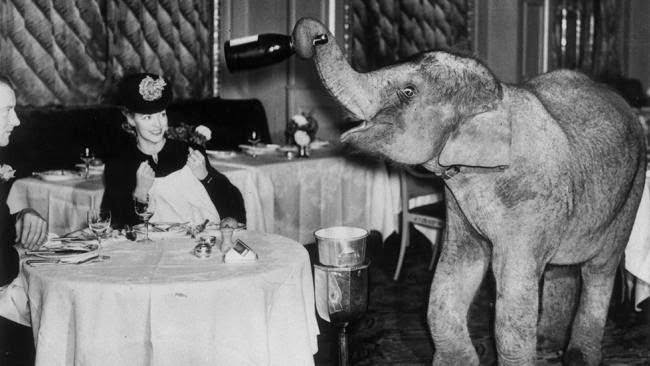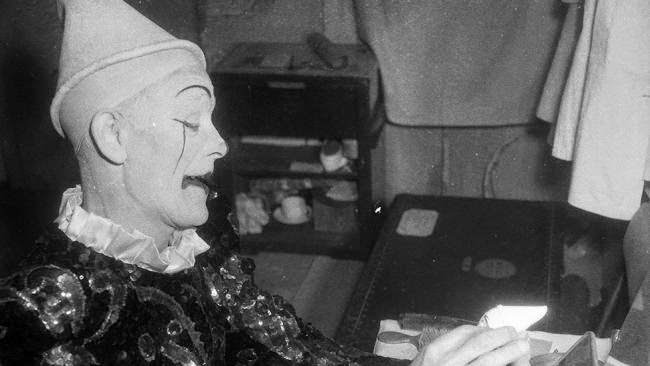During the 1930s and 1940s, the circus was one of the most thrilling forms of entertainment in America and Europe. When the tents went up, entire towns turned out to see the spectacle. For many families, the arrival of the circus was the biggest event of the year.
The Great Depression made the 1930s a hard decade, but the circus gave people an escape. Bright lights, bold colors, and lively music created a world far removed from daily struggles. Performances featured daring acts, each designed to shock and amaze. Acrobats swung through the air without safety nets. Tightrope walkers balanced high above the crowd with nothing but a pole for support. Audiences gasped at every stunt, knowing the risks were real.
Animal acts were a major part of the show. Elephants marched in grand parades, wearing elaborate costumes. Lions and tigers leapt through flaming hoops at the command of trainers who stood only a few feet away. Horses performed choreographed routines, moving in perfect circles to the sound of a live band. These acts required intense training and strict schedules, and they drew some of the loudest applause.
Read more
Behind the scenes, the circus was a world of its own. Performers and crew lived in tents or small trailers, moving from town to town by train. The Ringling Bros. and Barnum & Bailey Circus ran massive rail operations, carrying not just performers but also animals, equipment, and even kitchens. Daily life was tough but tightly organized. Meals were served in large mess tents, and performers practiced whenever space allowed. Everyone had a role to play, from the star acrobat to the roustabout setting up the big top.
World War II changed the way circuses operated. With gasoline rationing and men leaving for the military, travel became harder. Many circuses cut back on size, and some acts disappeared entirely. Still, the shows went on. The circus became a way to boost morale, giving soldiers and civilians something exciting to look forward to during dark times. Posters promised thrills that lived up to the hype.
